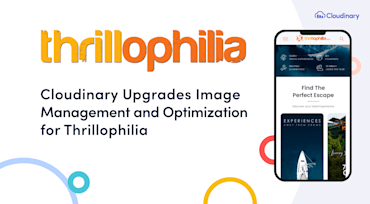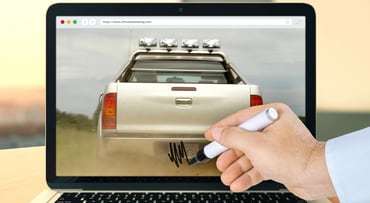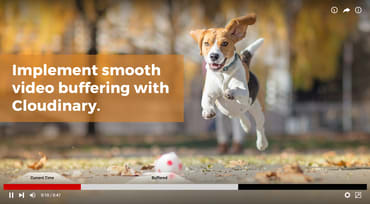According to a W3Techs survey, the images on 74 percent of websites worldwide are in JPEG or PNG format and for good reason: those images display well on all browsers. However, several newer image formats are well worth consideration, a leading example being WebP. This post describes how to adopt WebP as your image format and, accordingly, lower your image weight by approximately 30 percent and reduce the load time of your websites or native apps.

Thrillophilia is India’s largest online tours and activities platform. Through its website and app, the company offers a one-stop solution for travelers looking for tours, activities and things to do. Users can choose from more than 10,000 activities in 200+ cities in India and 15 countries in Asia. Headquartered in Bangalore, India, the company was founded in 2011 and employs more than 50 people.

I’m not going to lie, Progressive Web App (or PWA) have become a bit of a buzzword, with many developers singing its virtues and proclaiming that it solves all of their problems. Progressive Web Apps aren’t going to cure cancer or make you a billionaire on their own. But they can make your Web Apps a lot more approachable and performant.

Like it or not, visuals tell better stories than words. But using images and videos on a website presents challenges. This article is a follow-up to Website Image Performance Improvement, in which we discussed how to upload, store, manipulate, optimize and deliver images, efficiently and effectively. Now, let's talk video.

Websites of all kinds enhance user experience with images. In fact, images appear on almost every Web page. Some of the images are uploaded by users, some are proprietary, and some come from 3rd parties. Regardless of origin, many of these images include text elements, and sometimes you need to be aware of or handle that text.


Embedding and managing images and other media content in a mobile application is always challenging. The processes of downloading a media file from the web, storing it on the device, and then displaying it to the user are surprisingly and often frustratingly complex from a coding perspective. In addition, you probably want to add code that enables reusing images rather than downloading it every time, but you have to be smart about it to avoid clogging the precious storage space on your customer's device. Furthermore, your design probably requires that images be displayed in different sizes and DPRs in different devices, but creating and maintaining multiple versions of every image manually is virtually impossible.

This article was originally posted on Scotch.io
In the early days of the web, the only thing that mattered was getting that content out to users no matter how long it took or what resources it consumed. As a matter of fact, users seemed to understand and were ready to wait till whenever their browser's loading spinner stops and the contents displayed.

(Photo by Erol Ahmed)
A few weeks ago, Google officially announced a new JPEG encoder, called Guetzli.
Cloudinary has been tracking Guetzli since it was soft-launched in October; it has been amazing to watch news about it bubble up into the pop-tech press.

When analyzing use of website or mobile application storage, there’s no doubt that media files, such as video clips and images, use the most space. Migrating these files to the cloud and storing them in a location where they are available online makes perfect sense, but images and videos often require additional transformations before they are delivered to end users.
